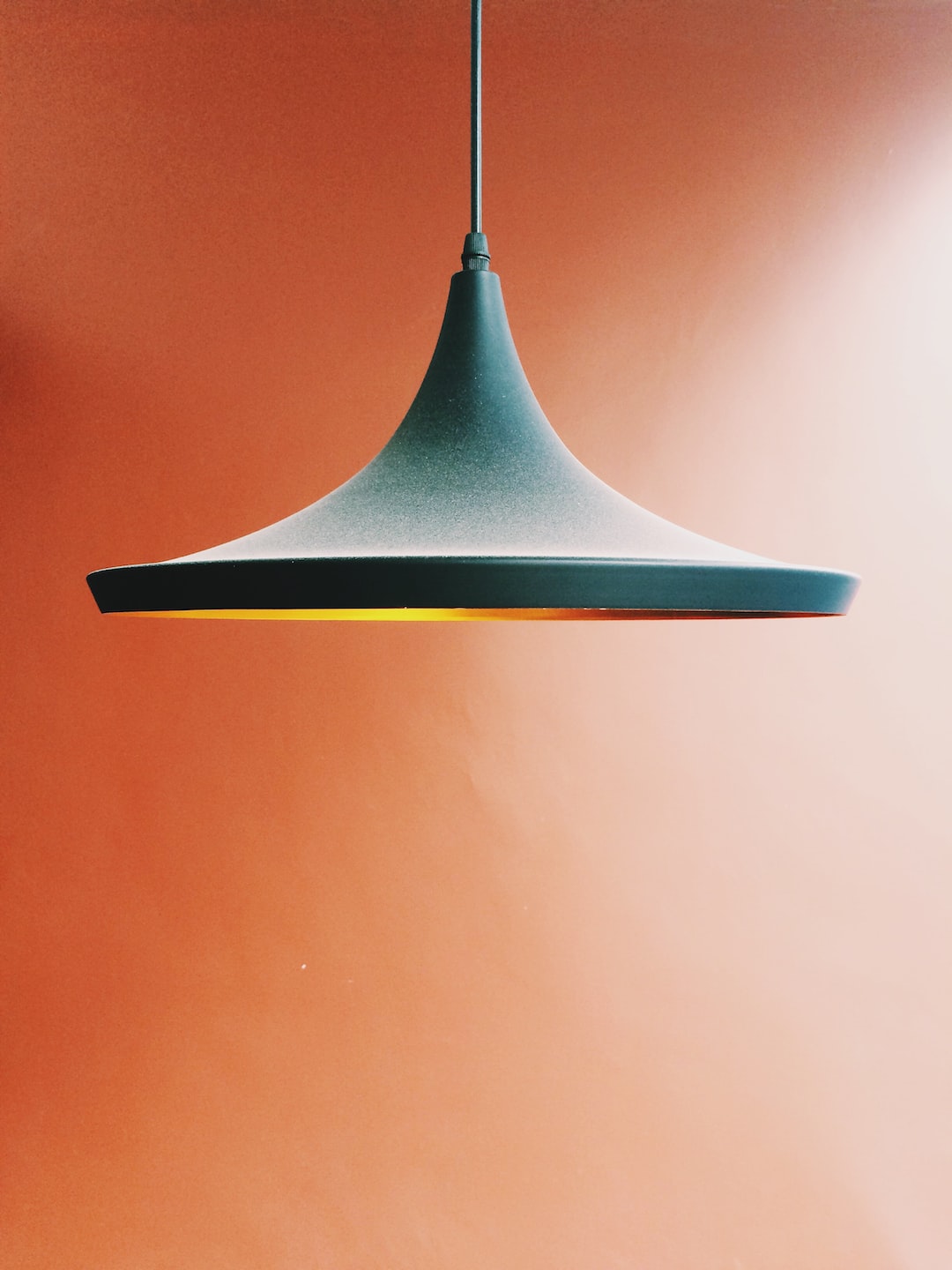The Role of Prototyping in the Design Process
In the world of design, creating a prototype is an essential step in the overall process. Prototypes play a crucial role in the design journey as they enable designers to test and validate ideas, gather real-world feedback, and iterate on their designs before the final product is developed. This blog post will delve into the significance of prototyping in the design process and explore its benefits.
1. Testing and Validating Ideas:
One of the primary purposes of prototyping is to test and validate design ideas. By creating a physical or digital representation of a design concept, designers can evaluate its functionality, usability, and aesthetics early on in the process. Prototypes allow designers to see their ideas come to life, helping them identify potential flaws and make improvements as needed. This iterative approach reduces the likelihood of costly errors in the later stages of development.
2. Gathering Real-world Feedback:
Prototyping allows designers to gather valuable feedback from stakeholders, users, and potential customers. By showcasing a prototype, designers can elicit constructive criticism and suggestions for improvement. They can observe how users interact with the prototype, identify pain points, and make necessary adjustments. This real-world feedback is invaluable as it ensures that the final product meets user expectations and requirements.
3. Iterative Design:
Prototyping facilitates an iterative design process. As designers receive feedback and insights from the prototype, they can use this information to refine their designs. Iterative design involves making incremental changes and improvements based on user feedback, resulting in a user-centered final product. This approach is more efficient and effective than a linear design process since it allows for continuous improvement and adaptation.
4. Visualizing Design Concepts:
Sometimes, words or sketches are not enough to effectively communicate design concepts. Prototyping offers a tangible representation of ideas, enabling designers to better convey their vision to clients, team members, and stakeholders. It brings clarity and understanding to the design process, reducing misunderstandings and ensuring everyone is on the same page. Visualizing design concepts through prototypes also helps in making informed decisions about design elements such as color, layout, and functionality.
5. Saving Time and Money:
While it may seem counterintuitive, prototyping actually saves time and money in the long run. By identifying design flaws and usability issues early on, the cost of rework or redesign is significantly reduced. Prototypes allow designers to explore alternative design solutions, identify potential risks, and make informed decisions before committing to expensive production processes. Investing time and resources in prototyping upfront helps minimize errors and ultimately leads to a more successful final product.
6. Collaboration and Communication:
Prototypes foster collaboration and facilitate effective communication among stakeholders. By having a physical or digital prototype to reference, designers can engage in productive discussions with clients, team members, and users. It becomes easier to discuss design choices, explain concepts, and make decisions collectively. Prototypes act as a shared language, bridging the gap between different disciplines and ensuring smooth collaboration throughout the design process.
7. Inspiring Creativity and Innovation:
Prototyping encourages designers to think creatively and innovate. By having a tangible representation of their ideas, designers can explore unconventional approaches, take risks, and push boundaries. Prototypes provide a platform for experimentation and discovery, enabling designers to come up with unique and innovative solutions. This creativity leads to designs that are not only functional but also visually appealing and emotionally resonating.
In conclusion, prototyping plays a pivotal role in the design process. It allows designers to test and validate ideas, gather real-world feedback, iterate on designs, visualize concepts, save time and money, facilitate collaboration and communication, and inspire creativity and innovation. In an increasingly fast-paced and user-centered design landscape, prototyping has become an indispensable tool for designers to create successful and impactful designs. So, embrace prototyping and unlock the full potential of your design process.
